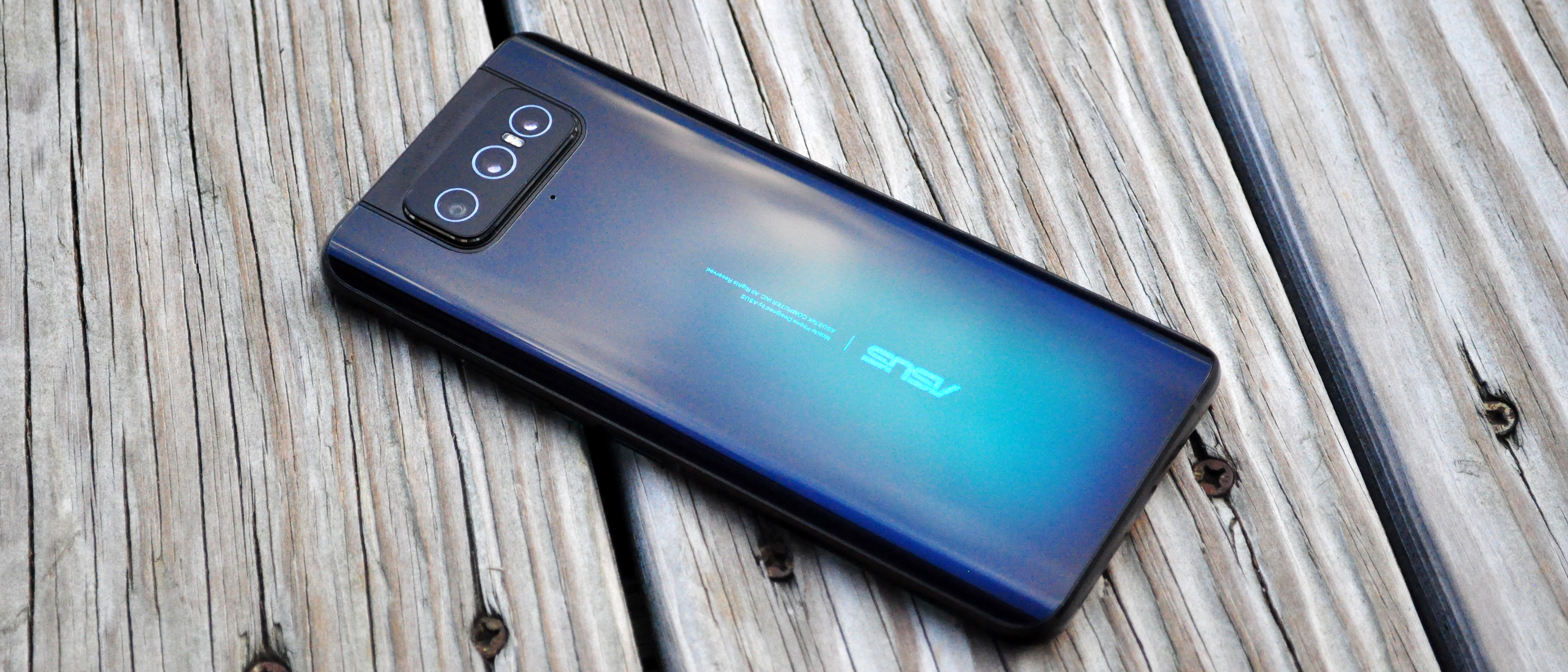Why you can trust Tom's Guide
Display: 6.7-inch AMOLED (FHD+; 90Hz)
CPU: Snapdragon 865 Plus
RAM: 8GB
Storage: 256GB
Cameras: 64MP main (ƒ/1.8), 12MP ultrawide, 8MP telephoto with 3x optical zoom
Battery: 5,000 mAh
OS: Android 10 with ZenUI 7
Size: 6.5 x 3.04 x 0.37 inches
Weight: 8.11 ounces
Asus surprised us last year with the ZenFone 6 —a quirky yet powerful phone with a nifty camera that could flip a full 180 degrees, all at a compelling price tag of just $499. Its replacement for 2020, the Asus ZenFone 7, doubles down on its predecessor's funky imaging system and performance value — and in doing so is sure to end up one of the year's strangest handsets.
But there's a catch: the ZenFone 7 won't be as widely available as ZenFones of the past have been. Asus is skipping the U.S. and Canada with its forthcoming device, meaning that those interested in getting their hands on one will have no choice but to fish for an import.
Additionally, there's not one, but two versions of the newest ZenFone this go around: the standard ZenFone 7, as well as a slightly more premium variant called the ZenFone 7 Pro. We've been able to go hands on with the ZenFone 7 Pro, and although our time with it has been brief thus far, it's already clear there's no device quite like it out there. Here's the lowdown.
- The best camera phones no matter your budget
- Just In: Surface Duo unboxing — Microsoft's dual-screen Android phone is here
Asus ZenFone 7 Pro: Price and availability
We don't know precisely how much the ZenFone 7 and ZenFone 7 Pro will cost yet — Asus plans on announcing that September 1. However, we do know that it's destined for some European countries.
In Taiwan, where the device is already on sale, the regular ZenFone 7 will set you back NT$27,990 (about $750), while the ZenFone 7 Pro costs NT$21,999 (about $950). That hints at a sizable jump in pricing for this generation, though how expensive devices are in other regions isn't always the best indication of how expensive they'll be in yours, so stay tuned for official word on that front.
Asus ZenFone 7 Pro: Design and display
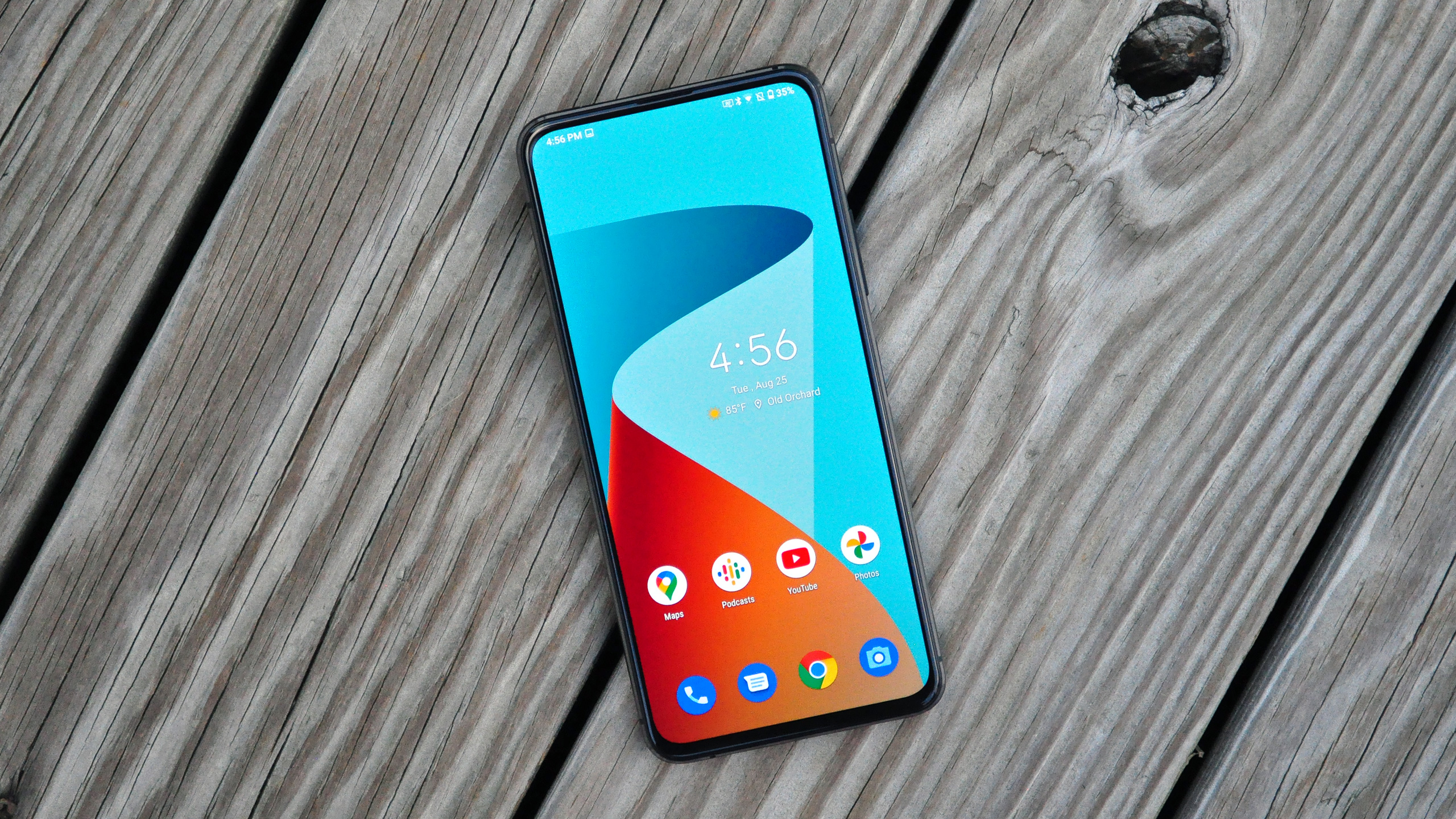
The ZenFone 7 Pro is a seriously imposing phone. The ZenFone 6 had a 6.4-inch LCD panel; the new one has a 6.67-inch AMOLED display with a 90Hz refresh rate, no matter whether you opt for the regular ZenFone 7 or the Pro version. Both variants tip the scales at 8.11 ounces as well, making them extremely heavy; Asus' last ZenFone weighed 6.73 ounces, and even the 6.9-inch Samsung Galaxy Note 20 Ultra is eight tenths of an ounce lighter than the ZenFone 7 duo.
Of course, you can chalk a fair bit of that up to the ZenFone 7's Flip Camera system and supporting motors. The housing for the Flip Camera is once again composed of a material Asus calls "liquid metal" which is said to be exceptionally strong yet light, helping the cameras whir around quickly. Indeed, the triple-camera stack needs only a second to rotate fully, and according to Asus, the whole array is built to withstand up to 200,000 flips. That works out to roughly 100 flips a day for five years, which is likely longer than you'll use your ZenFone 7 for.
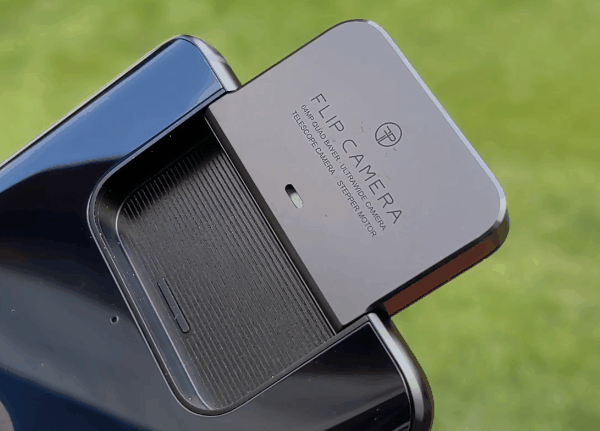
Because the cameras can move, there's no need for a front-facing lens encroaching on your display real estate, and so the ZenFone 7 has minimal bezels around the top and sides to accommodate only the earpiece. The fingerprint sensor now lives on the side of the phone and doubles as the power button, also allowing for customizable shortcuts for double taps or pressing and holding.
From the back, the ZenFone 7 Pro continues the deep blue-green motif established on the ZenFone 6. The turquoise Asus logo is an attractive bit of branding, though admittedly, not much else has changed here. There's also a white model available for those seeking something a bit more understated.
Unfortunately, one attribute of the ZenFone 6 that has changed — and not for the better — is the headphone jack, which is nowhere to be found on the new model. The ZenFone 7 also isn't water resistant (we imagine the Flip Camera might have something to do with that), nor can it charge wirelessly.
Asus ZenFone 7 Pro: Cameras
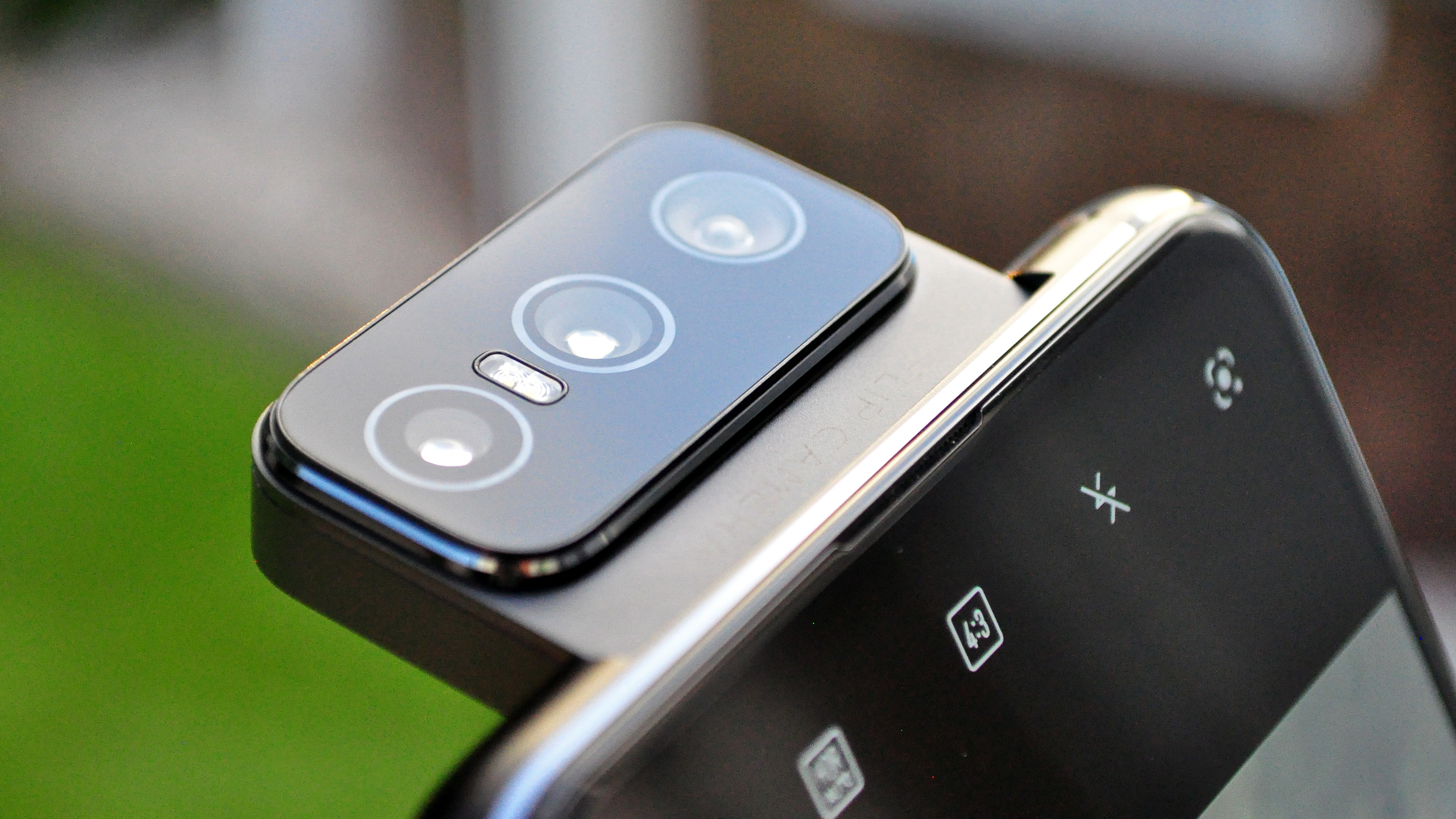
The ZenFone 7's triple-lens camera system is likely why a buyer might opt for this device over Asus' other handset, the gaming-focused ROG Phone 3.
Both the ZenFone 7 and ZenFone 7 Pro pack a 64-megapixel primary shooter with ƒ/1.8 aperture alongside a 12MP ultrawide lens with a 113-degree field-of-view and an 8MP telephoto with 3x optical zoom. Surprisingly, you get the same sensors no matter which ZenFone 7 you choose, but only the Pro model has optical image stabilization for the main and zoom cameras.
Of course, the very same cameras you get on the rear are available for group or personal selfies, thanks to the Flip Camera system. This was easily the ZenFone 6's greatest photographic advantage, as it meant the device wouldn't fall back on lesser hardware for self portraits, as practically every other phone does. The ZenFone 7 and 7 Pro are in a class of their own in terms of giving users the same quality of photos up front as around back.
The software to control the Flip Camera is also quite intuitive, just as it was before. You can simply tap a button to switch to front-facing mode, or move a slider to select any angle within 180 degrees. You can also designate three angles for shortcuts, which is very handy if you find yourself going for the same ones regularly.
The ZenFone 6 delivered solid photography for the money last year, though it tended toward shots that were slightly less detailed and lacking in contrast compared to those from Google's cheaper Pixel 3a XL. Hopefully Asus has been able to step up its post-processing game since then.
Asus ZenFone 7 Pro: Performance
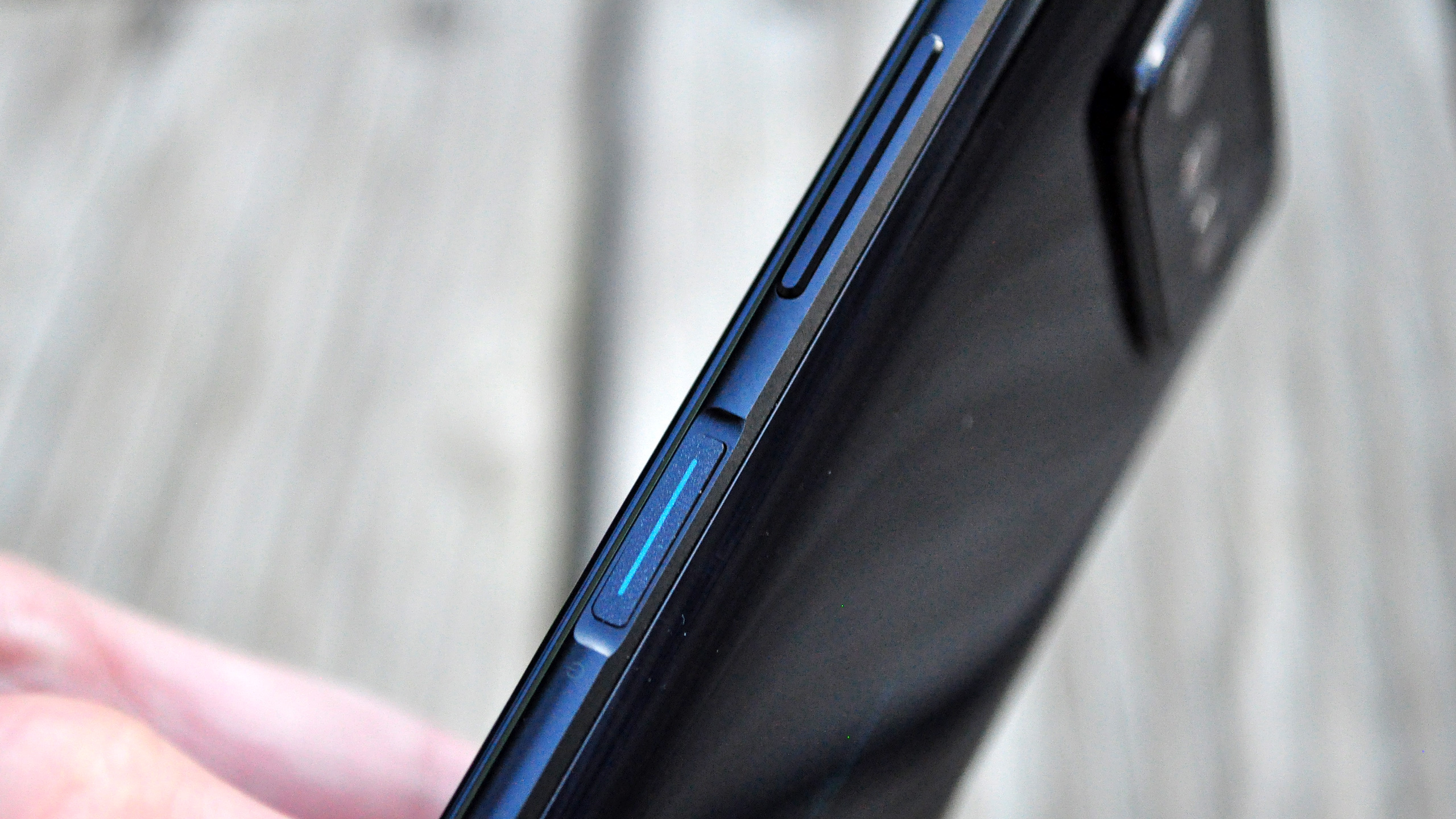
Whether you choose the ZenFone 7 or ZenFone 7 Pro, you're getting one of Qualcomm's finest mobile chipsets — the Snapdragon 865. However, the Pro model doesn't stop there. Like the ROG Phone 3 and the Galaxy Note 20, that version opts for even faster Snapdragon 865 Plus silicon, and slightly more RAM than the regular ZenFone 7 — 8GB compared to 6GB. Both can connect to sub-6GHz 5G networks.
The ZenFone 7 Pro also features 256GB of storage, which is double what the cheaper version offers. Nevertheless, you are free to slot in a microSD card on either model for up to another 2TB.
Asus tells us that it focused on speeding up various aspects of the user experience, including time to boot, unlocking the phone, swiping from photo-to-photo within the gallery and even answering phone calls. The Snapdragon 865 and 865 Plus are of course already quite capable chips, so we're curious to see if the new ZenFones exhibit a noticeable advantage in those use cases.
Asus ZenFone 7 Pro: Battery and charging
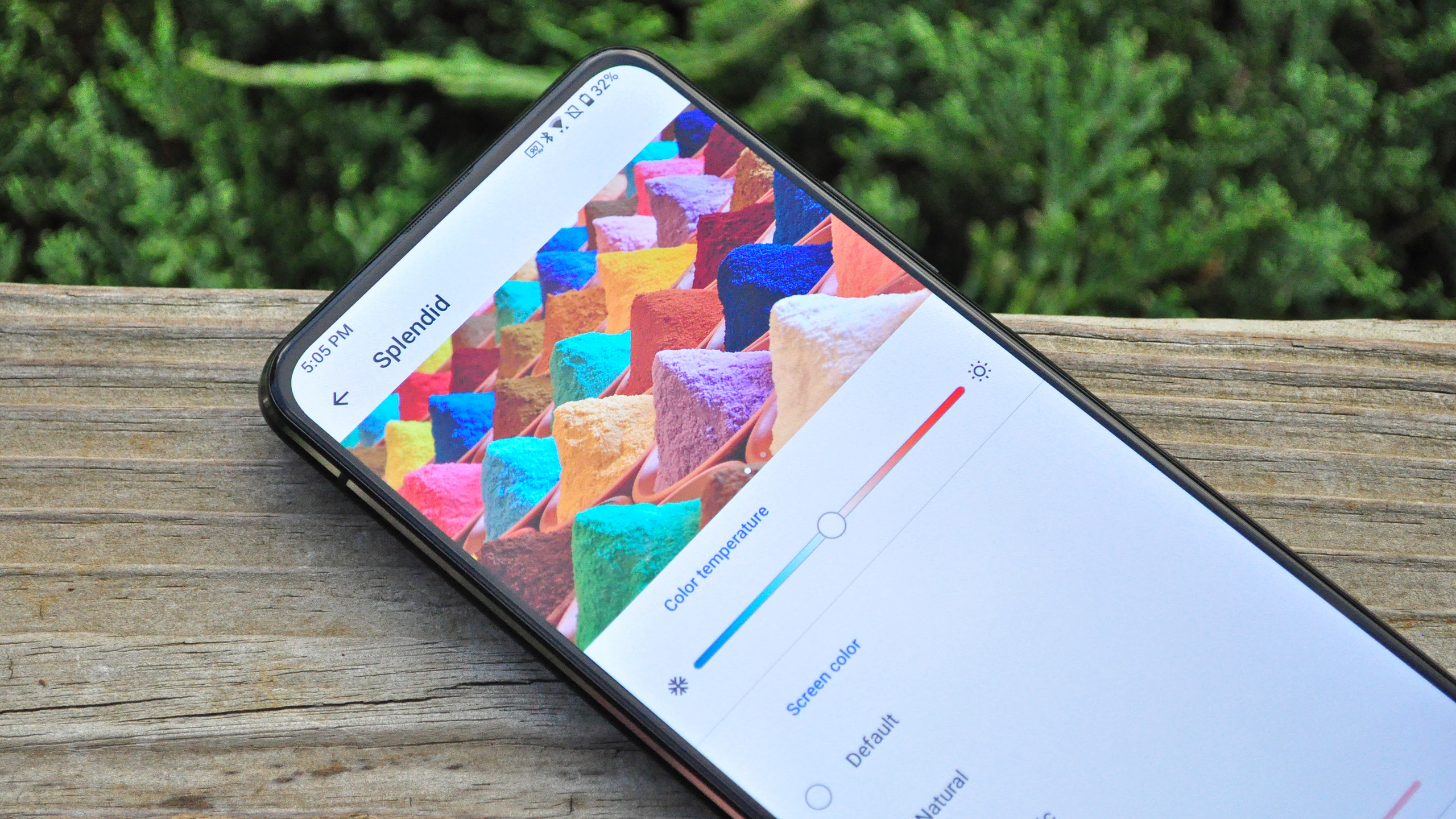
Inside both ZenFone 7 devices is a gigantic 5,000-mAh battery, which should guarantee all-day usage and then some. A 30-watt charger is included as well, which Asus says should allow the phones to reach 60% capacity in just 34 minutes, and a full charge in just over 90 minutes.
Once again, Asus has skipped out on wireless charging here, which is a little disappointing. That said, the company has always placed a priority on long-term battery health, and wireless charging can induce stress on batteries over time.
In keeping with that theme, the ZenFone 7 sports extensive battery care options, like a slow charge feature which limits the amount of time your device is at 100% capacity while it's juicing up overnight, then ramps up charging right to completion before you start your day. This isn't a particularly rare feature — even the latest iPhones do something similar — though it's appreciated nonetheless.
Going even further, ZenFone 7 users have the option to limit the total capacity of their device's battery to 80%, again in the name of long-term preservation. Asus says that after 500 charging cycles, a battery that is fully charged every single time loses 15% of its total capacity, whereas a battery limited to 80% loses just 7%. We imagine there's a point about diminishing returns here to be made if you're intentionally limiting your phone from lasting as long as possible between charges. Still, it's an option available to you if you plan on holding onto your ZenFone 7 for a very, very long time.
Asus ZenFone 7 Pro: Outlook
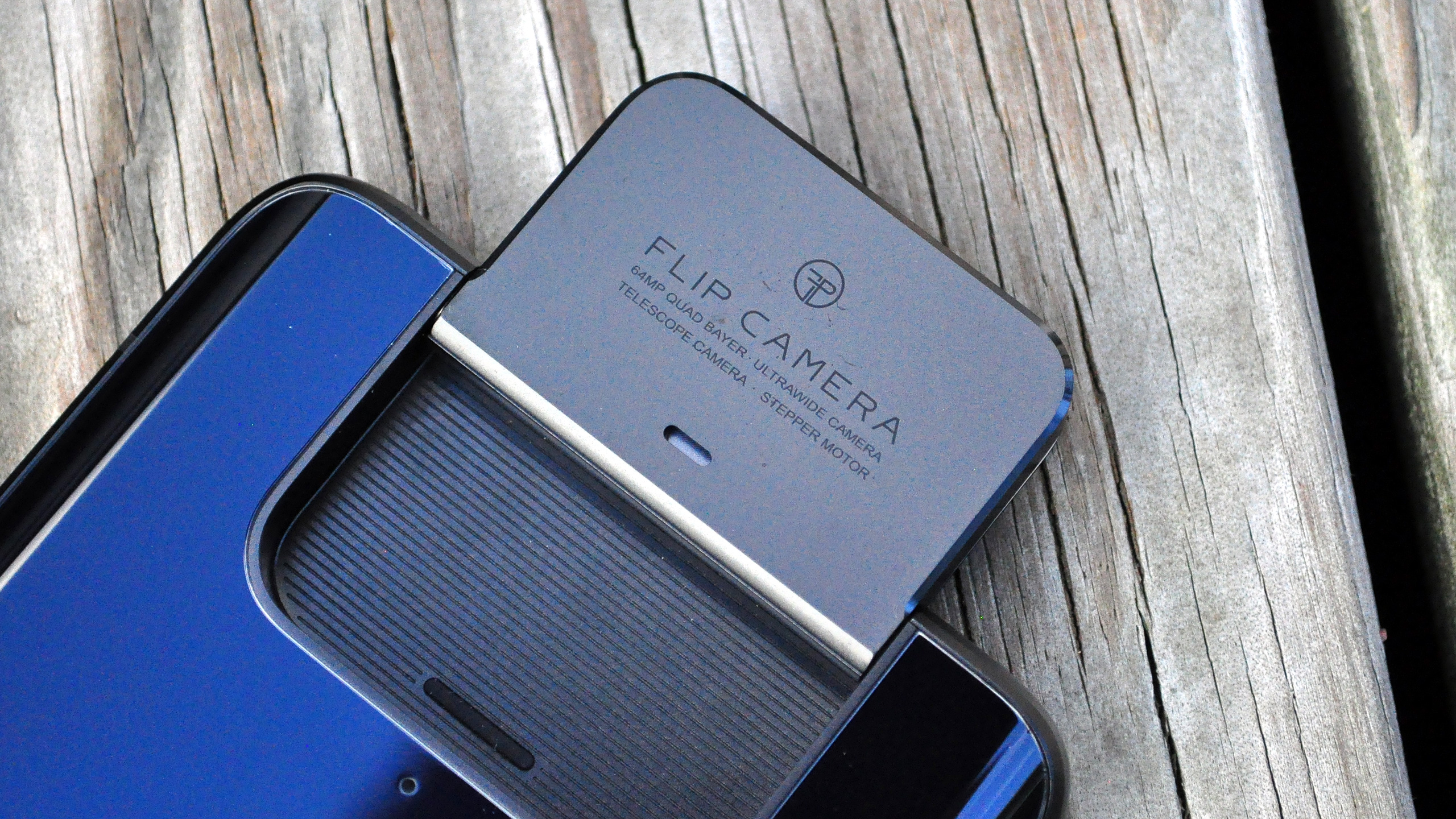
The ZenFone 7 and ZenFone 7 Pro seem to present a worthy upgrade over Asus' compelling bargain flagship from last year. We'd hope the new devices offer a relatively inexpensive path to a lot of performance and that trio of unique cameras, but then we don't quite know how much they cost yet.
The rub, of course, is that not everyone will be able to buy these phones. That's a shame, because these new ZenFones may very well correct some of the ZenFone 6's missteps. The outgoing model's display was perhaps its biggest weakness, but the switch to AMOLED should greatly help on that front. Likewise, the addition of a telephoto lens with optical zoom will help the ZenFone 7 achieve crisper shots from a distance.
Granted, Asus hasn't rewritten its own rule book here, as the new ZenFones are even heavier than the ones they're replacing, and the company's ZenUI software is still present, offering an experience that vaguely looks like stock Android, though any perceived similarity is merely skin deep.
Ultimately, the ZenFone 7 could very well serve as an enticing alternative to OnePlus' latest wares, as well as Samsung's Galaxy A series and other mid-priced phones with vast feature sets. Watch this space for our full review in the coming weeks.
Adam Ismail is a staff writer at Jalopnik and previously worked on Tom's Guide covering smartphones, car tech and gaming. His love for all things mobile began with the original Motorola Droid; since then he’s owned a variety of Android and iOS-powered handsets, refusing to stay loyal to one platform. His work has also appeared on Digital Trends and GTPlanet. When he’s not fiddling with the latest devices, he’s at an indie pop show, recording a podcast or playing Sega Dreamcast.
